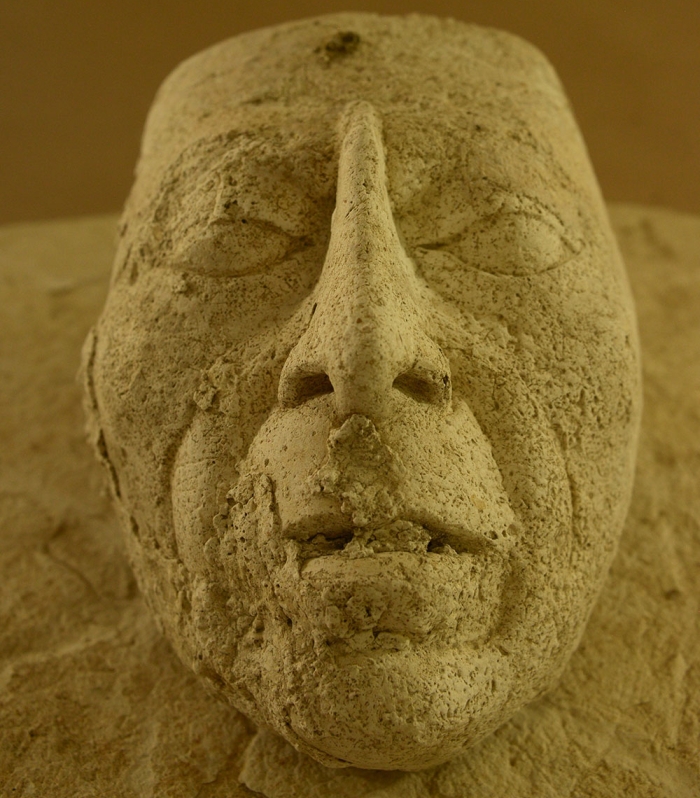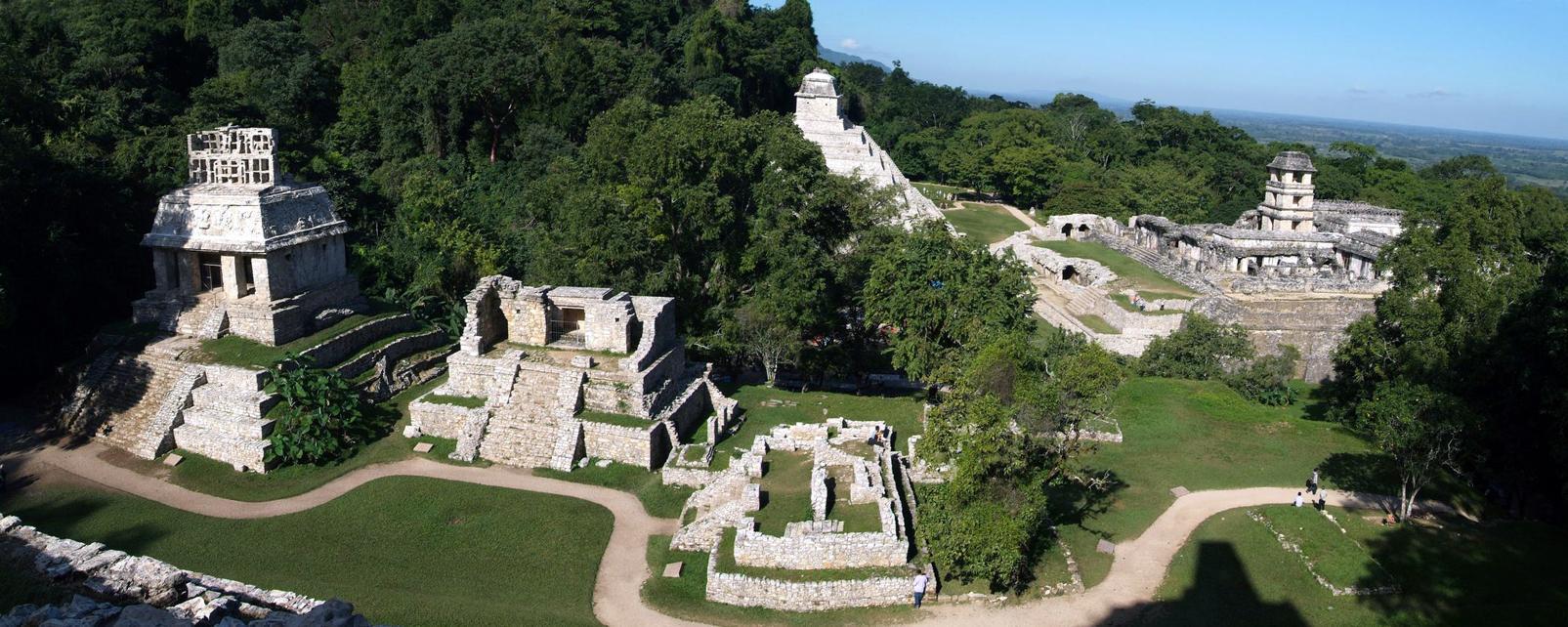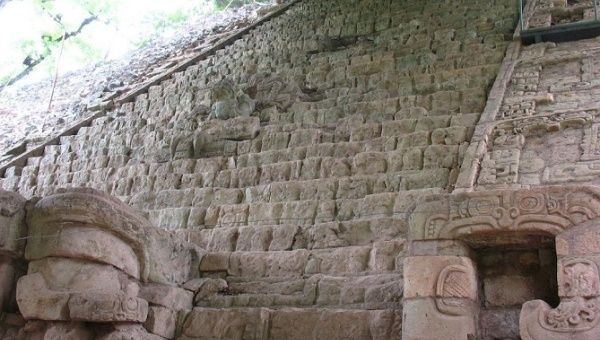Judi Lynn
Judi Lynn's JournalSo Glad The Grown-Ups are Back in Charge in Argentina
SEPTEMBER 5, 2018
by THOMAS S. HARRINGTON

If you’ve followed Latin American politics at all in the mainstream press, I am sure you’ve heard and read about how the Kirchners (2003-2015) mismanaged the Argentine economy and how, with the election of Mauricio Macri, the adults were back in the room and the economy was on its way to a more healthy and sustainable management.
There’s only one problem with the story: reality.
When Nestor Kirchner took over in 2003, things could not have been worse. The bank “corralito” had robbed millions of their life savings. The society lay prostrate before the world, a bargain basement for anyone with a few dollars in his or her pocket. I know, I visited the country in those dark days and saw the devastation all around me.
Over the next several years the economy was re-built and the middle and lower middle classes began to to re-acquire a sense of living in a functioning society. I was amazed at the transformation I witnessed over my visits in the ensuing decade.
More:
https://www.counterpunch.org/2018/09/05/so-glad-the-grown-ups-are-back-in-charge-in-argentina/
Watch The Moment A Huge Gorilla Plays Peacefully With A Very Small Bushbaby
By Robin Andrews
05 SEP 2018, 09:34
Cameroon’s Mefou Primate Sanctuary – owned by non-profit primate conservation group Ape Action Africa (AAA) – is home to Bobo, a western lowland gorilla (Gorilla gorilla gorilla, seriously). Although still widespread and numerous compared to other gorilla subspecies, they are still listed as critically endangered, with poaching, disease, and habitat destruction culling their numbers by 60 percent in the last quarter-century alone.
Bobo himself arrived at the sanctuary in 1996 after his parents were killed by poachers for meat: a sadly common tale. He is one of many primates kept under the protection of this animal sanctuary, and those that run the site have gotten to know them all fairly well.
That’s why it’s always a treat when one of them surprises the researchers and conservationists – this time featuring Bobo and a ludicrously tiny bushbaby. Although not the first time a larger primate has taken a liking to a smaller one, it’s hard to deny just how adorable this latest pairing is.
It cannot be overstated how small these nocturnal critters, better known by their genus name, Galago, are. Whether you’re talking about the two-bags-of-flour-heavy thick-tailed bushbaby, or the impossibly adorable, tin-of-tomato-soup-light lesser bushbaby, they aren’t exactly what you’d call sizeable.
More:
https://www.iflscience.com/plants-and-animals/watch-the-moment-a-huge-gorilla-plays-peacefully-with-a-very-small-bushbaby/
This Haunting Mask Could Be The Face of The Longest-Reigning Ancient Maya King
His legacy lives on.
MICHELLE STARR 30 AUG 2018
Archaeologists in Mexico have unearthed a rare treasure. A life-sized stucco mask recovered from the Palenque Palace is thought to represent one of Mesoamerica's most important and beloved kings, K'inich Janaab' Pakal.
Also known as Pakal the Great, his reign is the longest in the history of the Americas. He ascended the throne at age 12 in 615CE, and ruled until his death 68 years later, at the age of 80.
It is thought that he was the driving force behind the breathtaking architecture that endures to this day, including the palace at the city state of Palenque, located in what is now the southern Mexico state of Chiapas.
The mask was discovered in a building called House E, where Pakal was thought to have been enthroned, the Mexican Instituto Nacional de Antropología e Historia (INAH) announced earlier this month.

More:
https://www.sciencealert.com/maya-king-k-inich-janaab-pakal-the-great-stucco-mask-found-palenque-palace


Palenque complex

House E, left
Info. concerning the red pictures:
Restoring the Portal With The Mayan Red Queen
Lalak and Pakal: A Love That Transformed a Dynasty and Restored the Portal to the Gods
https://mistsofpalenque.com/blog/
http://4.bp.blogspot.com/_nghjYNoNV6k/SI6RvchW8vI/AAAAAAAAAQs/wcDHonD1ftI/s400/Palace+House+E.jpg
More images of the complex:
https://tinyurl.com/yarl63og
Copan Excavations In Honduras Reveal Royal Connections
Copan Excavations In Honduras Reveal Royal Connections

Hieroglyphic staircase in Copan (Honduras) | Photo: wikicommons
Published 3 September 2018
Scientists unearthing the Mayan ruins in Copan, Honduras are finding connections between royalty and the El Chorro community.
Scientists from Honduras and China are working together to uncover the history of the ruins in Copan, Honduras to understand a particular Mayan community, El Chorro, and their relationship with the Copan royal court more than 1,400 years ago.
Scientists from the Honduran Institute of Anthropology and History (IHAH) and the Institute of Archeology of the Academy of Social Sciences of China are investigating what’s called the 8N11 Group section of Honduras’ largest archeological site, to better understand the El Chorro community and its political and economic relationship with Copan Mayan royalty.
The excavations, which began in August 2015 and are expected to run until 2020. "In five years we hope to have investigated the entire complex and completed all restoration,” explained archaeologist Jorge H. Ramos from the INAH, in charge of the excavations.
More:
https://www.telesurtv.net/english/news/Copan-Excavations-In-Honduras-Reveal-Royal-Connections-20180903-0017.html
Six reasons why Mexico should not sign a shady agreement with the US
Six reasons why Mexico should not sign a shady agreement with the US
Posted 29 Aug 2018, 10:45am
Written by Erika Guevara-Rosas, Americas Director at Amnesty International
It angers us to hear how they separate children from their parents, how they allow migrants to die in the desert, and how they detain people - sometimes for years - who are just seeking protection. These are the actions of a government using inhumane policies to deter people from seeking refuge in its country, despite the fact that there are thousands of people who need to escape widespread violence in countries such as Honduras and El Salvador.
Currently, some of these people have the opportunity to get to the US-Mexico border and formally request asylum before immigration authorities - although, from there, the asylum process is long. This option means that they don't have to cross the border irregularly or put their lives at risk. However, the US government now intends to close its doors definitively, and it would appear that it wants to involve Mexico in this dirty business.
In recent weeks, Mexican diplomats have met with officials from the US Department of Homeland Security and one discussion item has been a possible bilateral agreement on refugees. Under this agreement, the United States could turn away people seeking refuge if they get to the United States by going through Mexico. Mexico would be declared a "safe third country" where people seeking asylum would have to go for protection, as a requirement. An agreement of this sort would violate international law and would result in millions of people suffering.
This is not the first time that the Trump administration has sought to transfer its international responsibility to Mexico. When he first came into office, Trump proposed a measure whereby every person requesting asylum in the United States would have to wait for their application results in Mexico. At that time, chancellor Luis Videgaray completely rejected the idea of Mexico becoming a "waiting room" for the United States.
More:
https://www.amnesty.org.uk/blogs/global-voices/six-reasons-why-mexico-should-not-sign-shady-agreement-us
Colombia charges 13 former Chiquita executives over hundreds of murders
Source: Colombia Reports
by Adriaan Alsema September 1, 2018
Colombia’s prosecution said Friday it would charge more than a dozen former executives of the popular Chiquita bananas on charges they used death squads to increase profits.
In a press statement, the prosecution that said 13 former Chiquita executives, including three Americans, one Costa Rican and one Honduran for mass killings by paramilitary groups that took place between 1997 and 2004, will be expected in court to respond to terrorism support charges.
The criminal charges against Chiquita are the first after more than a century of often brutal labor practices, initially under the name of the United Fruits Company.
How much blood is there on a banana?
The charges brought are only about human rights violations between 1990 and 2004 when Chiquita allegedly financed paramilitary groups through subsidiaries and death squads’ front companies in a phenomenon called “para-economics.”
Read more: https://colombiareports.com/terror-for-profit-colombia-charges-14-former-chiquita-executives/
Ancient Mayan Clearcutting Still Impacts Carbon in Soil Today
Even 1,000 years after a forest regrows, the soil beneath still won’t hold as much carbon as it once could, a new study suggests

(Wikimedia Commons)
By Jason Daley
smithsonian.com
August 21, 2018
There’s a popular notion that the ancient Maya lived in total harmony with the land, leading a sustainable lifestyle that took only what they needed from the vast tropical forests surrounding them. But that’s not really the case. The Maya deforested large swathes of land, cutting down trees in order to plant fields of corn, for firewood and for building their monumental temples. When a massive drought struck around 900 A.D., it’s believed the society did not have the forests and other resources to fall back on, leading to the end of an empire. But it turns out in the intervening 1,100 years, the impact of that resource depletion can still be felt. Maddie Stone at Earther reports that a new study shows that clearcutting has impacted the soil’s ability to store carbon, a finding that has big implications for modern societies.
Today, much of the land cleared by the Maya has been reclaimed by the rainforest, and one would think the area has completely recovered from the exploitation. But in a new study in the journal Nature Geosciences, geochemist Peter Douglas of McGill University and his colleagues examined soils from the area. According to a press release, they extracted sediment cores from three lakes in the Maya lowlands of Mexico and Guatemala. They then used radio-carbon dating to get the ages of plant waxes, molecules produced by vegetation that bind with minerals and last a very long time. The waxes wash out of the soil into the lakes. When the age of the plant waxes is compared to the age of fossils in the sediment cores, it can tell researchers how long those plant waxes, and presumably soil carbon, has been in the ground. The larger the age gap between the waxes and the fossils, the longer the carbon has been sequestered in the ground.
What the study shows is that once the Maya began deforestation, the soil began to lose its ability to store carbon long term. Over the past 3,500 years, which includes the time the Maya were active in the region, the age of the plant waxes decreased from 70 to 90 percent, a sign that the soil is simply not holding as much carbon as in pre-Maya times, instead releasing it into the atmosphere.
“When you go to this area today, much of it looks like dense, old-growth rainforest,” Douglas says in the release. “But when you look at soil carbon storage, it seems the ecosystem was fundamentally changed and never returned to its original state.”
Read more: https://www.smithsonianmag.com/smart-news/ancient-mayan-clearcutting-still-impacts-soil-carbon-today-180970089/#xsY5JhS7ETK8hW0K.99
Profile Information
Member since: 2002Number of posts: 160,503